CES 2004
Jan 7, 2004, 7:00 PM by Rich Brome @rbrome.bsky.social
Live reports from CES 2004 in Las Vegas. Hot info from Wildsed, Audiovox, Siemens, Samsung, and more!
Intro
CES (Consumer Electronics Show) 2004 took place in Las Vegas January 8th through the 11th. It's not a usually huge show for cell phones, but there were still a number of major manufacturers represented, and several noteworthy new announcements.
Use the tabs aboove to navigate our daily coverage of the show.
Day 1
Siemens & Wildseed
Siemens introduced two new entry-level phones at the show, both dual-band GSM (850/1900) models for AT&T Wireless.
The C61 is the U.S. version of the C60 introduced in Europe not too long ago. It brings a color display to Siemens' entry-level lineup. It's one of the smallest, most affordable color-display models available.
Features include polyphonic ringtones, MMS, speakerphone, and class 8 GPRS. It also supports an attachable camera with flash, and has 1.8 MB of memory for storing photos and Java applications. Speaking of Java, the C61 has considerably faster Java performance than past Siemens models.
The A56i is the other "new" model. It's Siemens' first model available for AT&T's popular GoPhone prepaid service. It's not really a whole new phone - the prepaid features are all that separates it from the A56, which in turn is very much like the C56.
Wildseed introduced their "SmartSkin" technology over a year ago. They were originally planning to have Kyocera make a CDMA version, (the Kurv,) but that relationship turned sour and is now the subject of a lawsuit.
But Wildseed didn't give up, and this year they're back with a new partner - Korean contract manufacturer Curitel - who will make a GSM version called "Identity".
The SmartSkin concept is pretty neat. The idea is to make intelligent faceplates that contain themed content. This can indude ringtones and graphics that match the faceplate design, but can also include advanced content such as music and games.
In the last year, Wildseed has improved the technology even further, boosting the memory capacity to 64MB, permitting MP3s and video clips to be packaged into a SmartSkin.
The added memory also permits extremely advanced games. Game skins will include extra buttons just for gaming, customized for each game. Wildseed is working with leading game houses to offer major well-known game titles, some of which will retail for up to $60-70.
The Identity is a well-designed phone, considerably smaller than the Kurv (which is definitely good, since size was my main gripe with the Kurv). It's still a bit thick for my taste, but not terribly so.
The embedded camera is also new, and is VGA resolution. The display is excellent.
Another improvement is a unique layout for multi-tap text entry. Wildseed phones have the most commonly-used letters first. So on the 7 key, for example, the letter "S" is first. So each time you want to type "S", (quite often in most cases,) you only have to press "7" once, instead of four times like most phones. Since all the letters are still on the same keys as any other phone, T9 is not affected.
The Identity will be available in the U.S. in the 2nd quarter.
Bluetooth / Accessories
Several interesting new phone-specific accessories were on display for the first time at CES. Most of the really cool and innovative accessories involve Bluetooth in some way.
First off, GN Netcom, the company behind Jabra headsets, introduced a new Bluetooth headset designed to work with both mobile phones and desk phones. It works with digital office phone systems as well as traditional land line phones.
The desktop component doubles as both a charging stand and the Bluetooth adapter for the desk phone. The headset includes special software that allows it to remain paired to both a mobile phone and desk phone at the same time.
The headset itself - the GN 6110 - is small and light, with a classic design. The ear clip is comfortable and easy to use. Calls can be made and answered by simply flipping the microphone arm open.
In a similar vein, Logitech was showing their new Bluetooth products, which also integrate with the desk environment in unique ways. They showed their new diNovo Bluetooth desktop set, and their new Bluetooth headset.
The diNovo includes a Bluetooth hub, mouse, keyboard, and seperate number pad. But the most interesting part for cell phone users is the Logitech software. It uses the Bluetooth hub to communicate with Bluetooth phones in several ways, including very cool SMS integration. If you receive an SMS on your phone while at your desk, a window will pop up on your PC showing the SMS, and you can reply right there on your PC, without getting your phone out of your pocket. The obvious advantage is that you can use your PC keyboard instead of the phone keypad.
The headset is notable for two reasons. First, the long microphone boom puts the mic near you mouth for better outgoing sound, but also flips up for carrying. Second, it has a very unique "clip-on" design - it's the easiest Bluetooth headset to put on that I've tried, and it's comfortable to boot.
Continuing the Bluetooth theme, Motorola announced the HF800, a new Bluetooth speakerphone accessory. The device doubles as both a speakerphone and wireless headset jack. The HF800 gets three hours of talk time and up to 100 hours of standby time. It uses the same charger as most Motorola phones.
Speaking of Motorola, Cidco introduced a new adapter called Merge that interfaces between Motorola cell phones and your home phone line. Merge is designed to plug into a live land phone line, (although it's not required,) and allows all extensions in your home to receive both land and wireless calls, with distinctive rings for each type of call.
Day 2
Audiovox
The biggest phone news of the show was undoubtedly from Audiovox. They announced three new phones, one of which is an important milestone for North America.
The first announcement was the PPC 5050, a Pocket PC phone with 1xEV-DO technology. 1xEV-DO is a CDMA standard that offers extremely high wireless data speeds - averaging around 300-500 kbps - many times faster than 1xRTT, GPRS, or EDGE.
The announcement took on extra significance with the announcement by Verizon the next day that they will be deploying EV-DO nationwide starting this summer. The high data speeds will naturally speed up existing applications such as web and email, but will also open new possibilities, such as true streaming video with decent quality.
The second announcement was the CDM-8910 - a new CDMA phone with VGA camera and flash. The 8910 is based loosely on the CDM-8900 design.
The company originally announced that the 8910 would be a megapixel camera phone, but later retracted that press release. However, there is still a megapixel phone in the works that was also on display as CES - the CDM-8920.
The third CES announcement for Audiovox was the 8425 and 8275. These are Audiovox's first PTT (walkie-talkie) phones. They are based on the 8400 and 8450, adding a ruggedized casing and PTT button. Each model will support a different PTT technology, as appropriate for each carrier.
Audiovox was also showing off several other new phones at their booth, including the CDM-8610. The 8610 upgrades to a roomier display and keypad compared to the 8600, while maintaining a slim profile. A speakerphone has also been added.
Another new phone being shown was the PPC 5000, a GSM Pocket PC device based on the same design as the well-received "xda II" and "mda II" in Europe. This impressive device boasts a 400 MHz processor, VGA camera, and internal antenna. Unfortunately, I was told the U.S. version may lack Bluetooth, although this is not yet confirmed.
Also making a booth appearance was the previously-announced 8450, in a new black color, which will be released with Sprint as the VI600.
And finally, Audiovox had a case showing some potential future GSM models. None of the phones are definite for release just yet, but one of the more interesting possibilities was a model manufactured by Pantech. It has a camera with flash, and an oversize external color display, in an amazingly small form factor. Hopefully a carrier will show interest, and Audiovox will bring this model to the U.S. market. It has been approved by the FCC already - a promising sign.
LG
LG didn't make any major new phone announcements at CES, but they did show a couple new CDMA phones in their booth.
The first is the VX-4500. It's an upgrade to the extremely popular VX-4400. Improvements include a larger display, speaker-independent voice dialing, speakerphone, and a larger phone book. It's also slightly smaller and lighter. The VX-4500 has been approved by Verizon and should ship later this month.
The second new phone shown was the Sprint VI5225, the first internal-antenna clamshell CDMA phone for North America since the Qualcomm Q phone.
The VI5225 is a mid-range model for Sprint. It has full PCS Vision functionality (including WAP 2.0 and Java) and dual displays, plus true 2-way SMS. Other specs are fairly basic, including the 4,096-color STN main display, which might seem dated, but should provide better battery life compared to higher-end displays.
BenQ
BenQ is a Taiwanese company that so far has been relatively unknown in the U.S. But they seem to be making an increasing push to go global, including a push into the U.S. cell phone market.
BenQ is still looking for carrier partners to offer its phones here, so there are no firm plans or major announcements. But they were displaying in their booth some of the phones they are shopping around to the carriers.
BenQ in general is a company that places an emphasis on design, and their phones are no exception. One of their better-known phones at the moment is the P30, an exceptionally slick-looking smartphone running the Symbian-based UIQ platform (like the Sony Ericsson P800 and P900). The P30 is a tri-band (900/1800/1900) GSM device.
While they did have a working model on display, it was an early software version that didn't want to boot up all the way, so I wasn't able to take it for a test drive. It does have an excellent, high-quality feel to it, however. It's thinner than many smartphones, a big plus in my book. Naturally, it has a camera on the back. The telescoping stylus stows in the bottom of the phone.
Next up was the S700 - a high-end megapixel camera phone. It's a tri-band GSM model like P30. They didn't have a working model on display, but the specs are extremely impressive. Features include: dual color displays, class 10 GPRS, video recording and flash, MP3 player, miniSD memory card slot, and 64-chord polyphonic ringtones.
Finally, they were also showing the S670C, a sleek, compact camera phone. The eye-catching design includes a dark mirrored front with a color OLED display underneath. The unique reflective finish hides the edge of the display, so the outer display text "floats" in the middle of the outer cover - a neat effect.
The S670C also includes a VGA camera, class 10 GPRS, Java, and 40-chord polyphonic ringtones. Like the others, the S670C is a tri-band GSM phone. A camera-less version is also available - the S660C.
According to the BenQ representative, all of these phones could be available as early as April, pending carrier interest.
Day 3
Wherify
Wherify is the "kid-locator" company. They're known for making body-worn devices that parents can use to see where their kids are at any time. Their past devices have been rather bulky wrist- or ankle-mounted affairs.
But at CES, Wherify introduced their new "GPS Universal Locator" device, a dramatically smaller device that also includes voice functionality. The Universal Locator is essentially a complete CDMA phone with GPS, that's not much larger than a few dollar coins stacked.
The interface is consists of just two buttons and two LED lights. One button dials 911, while the other dials a pre-programmed number, such as a parent's cell phone. It's basic, but for the intended uses, it's perfect.
The amazing miniaturization is due to several factors. First, the device uses a multi-frequency antenna that handles both dual-band CDMA and GPS satellite signals. Second, Wherify is using Qualcomm's gpsOne solution - the same GPS technology found in nearly all new CDMA phones for E-911 purposes. gpsOne integrates GPS functionality onto the main CDMA chip, eliminating many of the extra components usually required for GPS.
The Universal Locator weighs under 45 grams, including the 300 mAh battery, which provides about 70 hours of standby time. It is expected to cost less than $150, with monthly service (via Sprint) starting at $10/month. It is expected to be available around mid-year.
The service itself is pretty simple: you just log on to the web site, click "locate", and it shows you the location on a map.
While parents wanting to track their kids is the main target market, Wherify also suggests other uses, such as: alzheimer's patients, hikers and joggers, fleet management, and asset tracking.
But with its amazingly small size and light weight, there are a lot of places you could put a Universal Locator where it wouldn't be noticed. There are all kinds of sneaky ways you could use this. Anyone who's ever seen a James Bond movie knows what I'm talking about. I expect this will be very popular with private investigators. Of course, check your local laws before using this in any kind of sneaky way.
LG Overseas
Besides the two new phones for the U.S., (the VX-4500 and VI5225,) LG's booth also included some slick new phones for other parts of the world.
The only overseas model that will work here in the U.S. is the G7200, a feature-packed tri-band GSM model with twisting display, camera with flash, and Bluetooth. Pretty much everything here is top-of-the-line, including the VGA camera and 262,000-color TFT display with 176 x 220 pixel resolution.
It also supports video recording and playback, and 40-chord polyphonic ringtones. About the only thing missing is an external display, but you can leave the display folded facing out if you like.
The camera is mounted on the hinge, facing to the left. This is a first outside of Japan and Korea. For a viewfinder, the idea is to twist the display facing sideways like a camcorder (see photo).
A very similar phone was also shown that included a color OLED external display, but lacked Bluetooth - the G7110. Unfortunately, it's a dual-band model that will only work in Europe and Asia.
The other model shown below is the KP2100. It's a Korean model, but it's impressively small and thin, and very stylish, in my opinion.
LG was also showing off a couple of slide-style models. The first one is the G7050, a model with a rather unique slide design that hides part of the display instead of the keypad. This is another dual-band GSM model that won't work in the U.S.
The second model shown below is the Korean SC8000, which, at the moment, could probably claim the title of King of all cell phones. It's a Pocket PC phone with a slide design, megapixel camera with flash, and 1xEV-DO high-speed data. There's nothing this baby can't do.
According to an LG executive, the company is seriously contemplating a U.S. version of the SC8000, but hasn't made a firm decision yet. Such a phone would be quite expensive, and LG isn't sure there's a big enough market for $1000 PDAs in the U.S. ($1000 is my price guess, not LG's).
Sanyo Concepts
Sanyo was showing off some really eye-catching 3G concept phones in their booth. They're not even prototypes - just concepts - but if anything remotely this cool ever hits shelves, it's sure to be a hit.
Both phones are optimized for video viewing, and include the ability to watch video full-screen in landscape (wide) orientation.
The first one features dual cameras, dual color displays, and stereo speakers. The OLED display folds and twists, to fold down facing in or out.
Unlike most secondary displays, the extra display on this phone is available only when the phone is open. The idea is to have a place for text messages, status, and similar types of information, without obscuring the video image on the main display.
The other concept is even cooler - a phone with a display on an adjustable arm, that also allows the display to be rotated to landscape orientation. The unique arm lets you use the bottom half of the phone as a base, so you can set the phone down and aim the display at just the right angle for TV viewing.
Again, the landscape mode lets you view video using the entire display. It also features stereo speakers.
Other unique design elements include talk/end keys located on the side - for use while the phone is closed - and an external display located on the back, (to allow for the display arm on the front). A miniSD card slot rounds out the feature set.
Day 4
Sanyo Japan
One of the coolest Sanyo phones on display (other than the concepts) wasn't in the Sanyo booth at all - it was in the SD Card Pavilion. The V801SA is the new 3G world phone offered by Japanese carrier Vodafone KK (formerly J-Phone). It's the first true world phone for Japan that works in the U.S. It supports WCDMA (for Japan) and tri-band GSM (for everywhere else).
This impressive specimen has dual VGA cameras, a slider design, and an SD card slot. It also supports true 2-way video calling (in Japan only) and has a high-resolution QVGA display.
Jumping back to the Sanyo booth, a few other overseas phones of note were on display.
The first was their FM radio model. By itself, this isn't a ground-breaking feature, but the phone is still notable for its large external display, outer control buttons, stylish design, and very thin profile.
The other phone was their new bone-conduction model. The idea is that you press the special area on the cover against your skull, and it vibrates the sound into your head. It only works on Japanese networks, so I wasn't able to give it a try, but the "bulge" for the bone-conduction part is quite big, and really takes away from the coolness factor.
Sharp
In the Sharp booth were several of the company's latest megapixel camera phones for Japan.
First up are the V601SH and SH505iS, for Vodafone KK and NTT DoCoMo, respectively. Both are 2-megapixel camera phones with dual color displays, amazing main displays, and thin profiles.
Next up is the J-SH53, a slightly older model that is "only" 1 megapixel, but has a very sexy design (in my opinion).
Virtual Keyboard
Panasonic didn't have any new phones to show, but they did have one phone-related technology on display that attracted a lot of attention. They were showing off a virtual keyboard prototype.
I tried it for a few minutes. It worked, but definitely took some practice. I found it helped to put my fingers a little forward of where I might normally (this might be an adjustable option in the final version). It also helped to go a bit slower and make sure each finger stayed on the "key" for a small fraction of a second longer than normal.
I also noticed that my natural instinct was to press harder when I ran into difficulty. This is something that could lead to sore fingers pretty quickly - pecking away on an unforgiving hard surface (as is recommended). Of course, how hard you press makes no difference whatsoever, as the system is completely optical. So you have to be mindful to keep a light touch.
Considering that I had never tried it before, and I only used it for a couple minutes, I came away pretty impressed. I'm confident that with a little practice, I could adjust my typing and use it fairly reliably.
Comments
what about the new sidekick!
Henry
GN Netcom Bluetooth Headset
Hopefully jabra develops somthing new this season... I'm tired of the same old thing... I own two freespeaks and I'm jsut waiting for the next best thing...
Has anyoen ever tried to hook up a Bluespoon to a Jabra freespeak 2.5mm adapter? I would buy one both I use Sprint, there are no bluetooth phoens yet.. ( yes i know about the t608 but it's like vaporware as far as I'm concerned.... It took way too long to come out.)
Since they annoused the t608, I've alreayd bought three phones since then... I'm on my 19th Sprint phone and counting. My lastest three phones were a 8100. I had a treo 300 but swtiched that out f...
(continues)
It's very light, plus I get to clip it onto my shades, no longer limited to annoying ear clips.
...
(continues)
http://www.jabra.com/news/viewarticle.cfm »...
(continues)
NEW PHONES
Any new sanyo's???
Nice coverage Rich


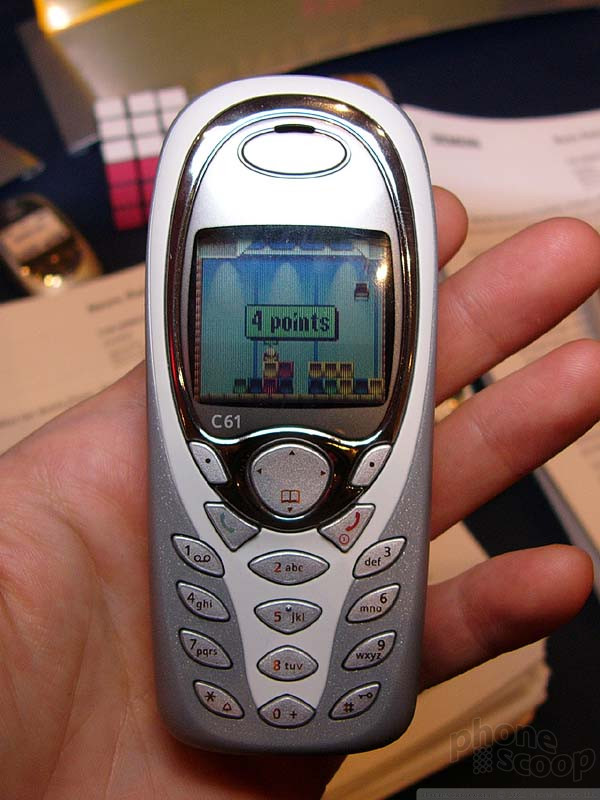




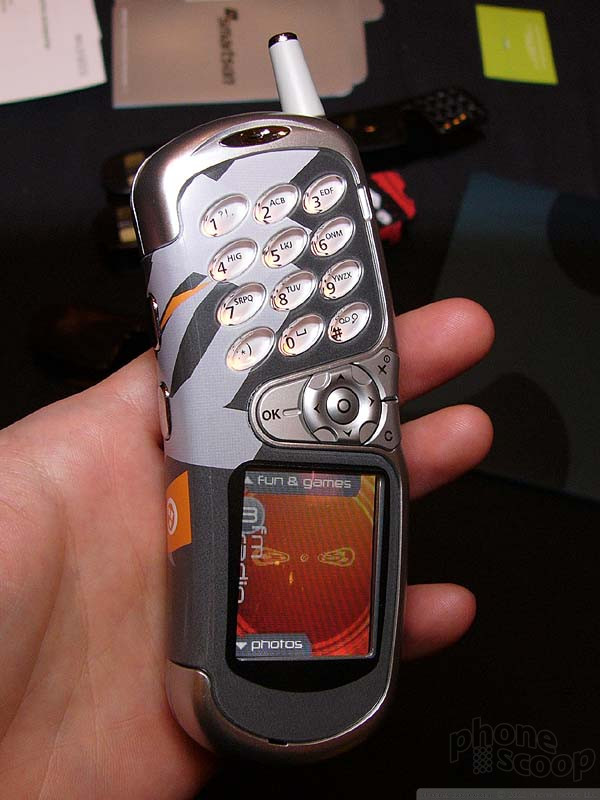



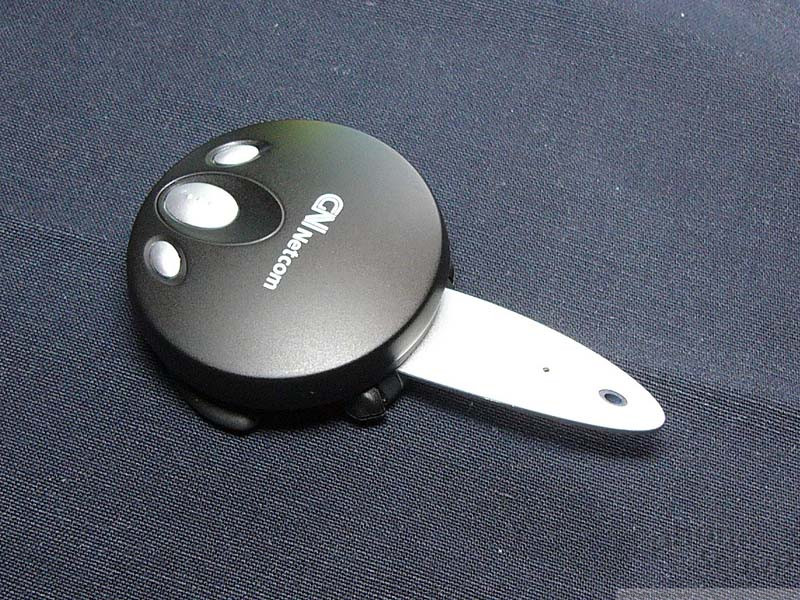




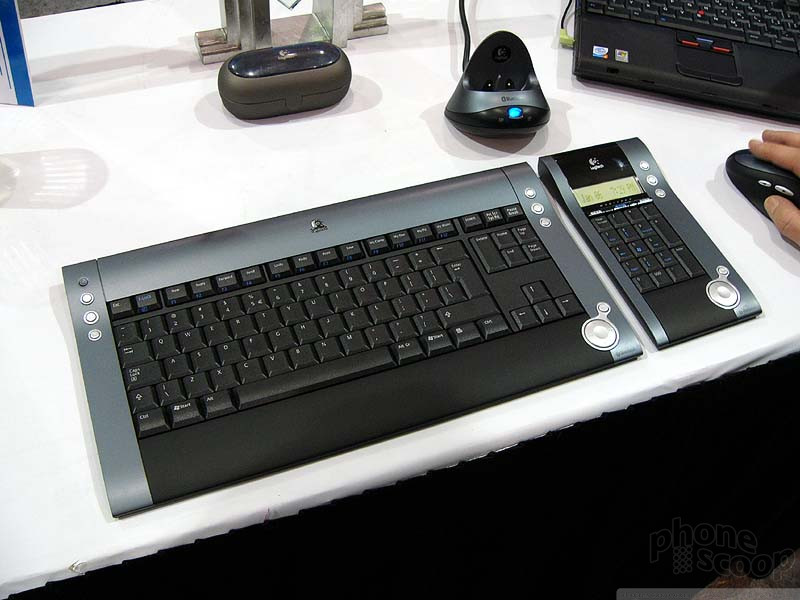





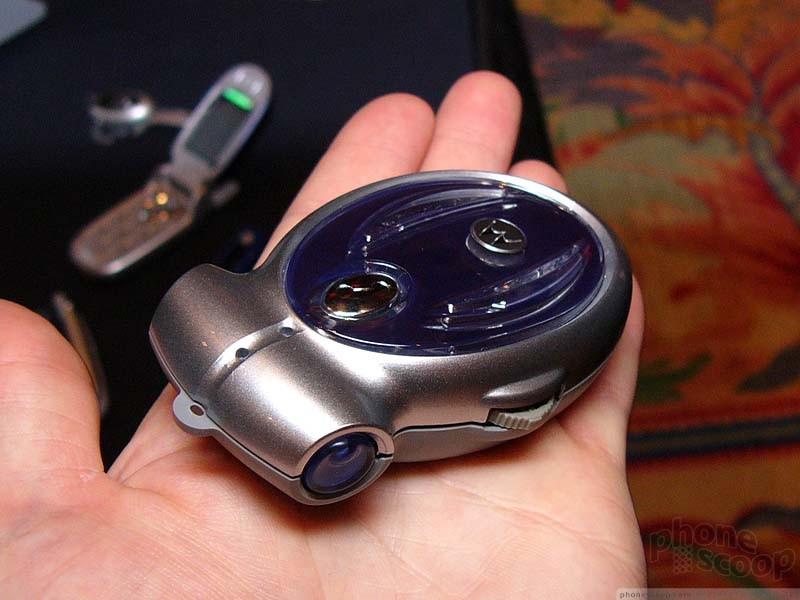


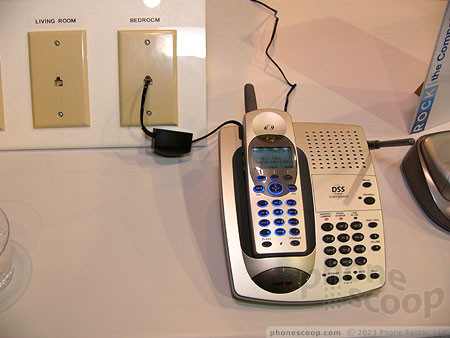





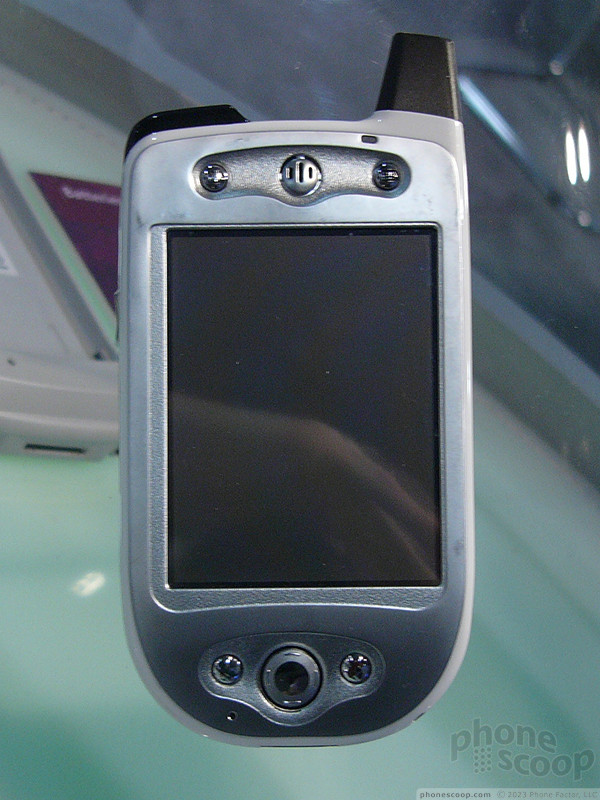









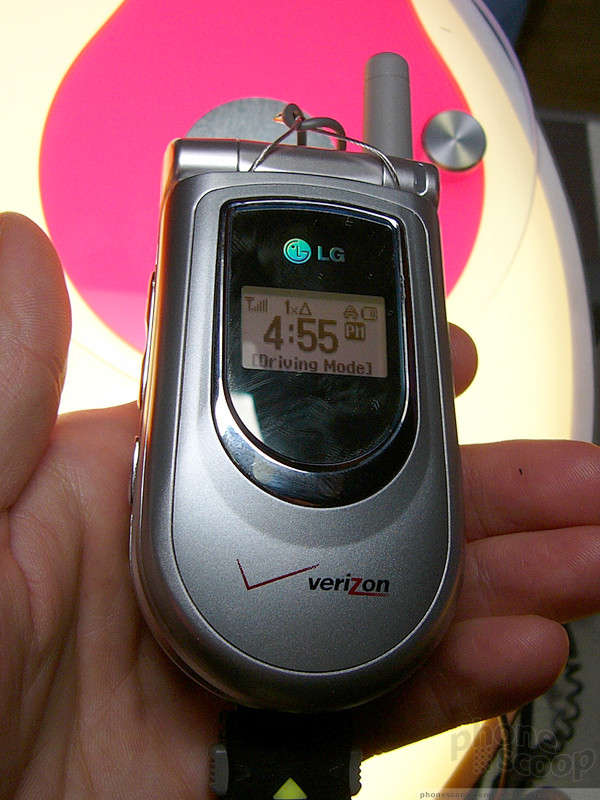






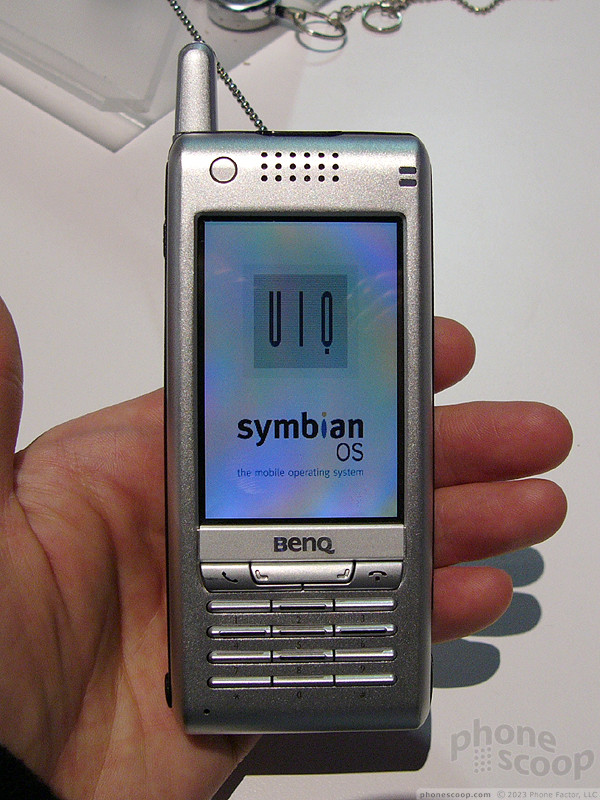










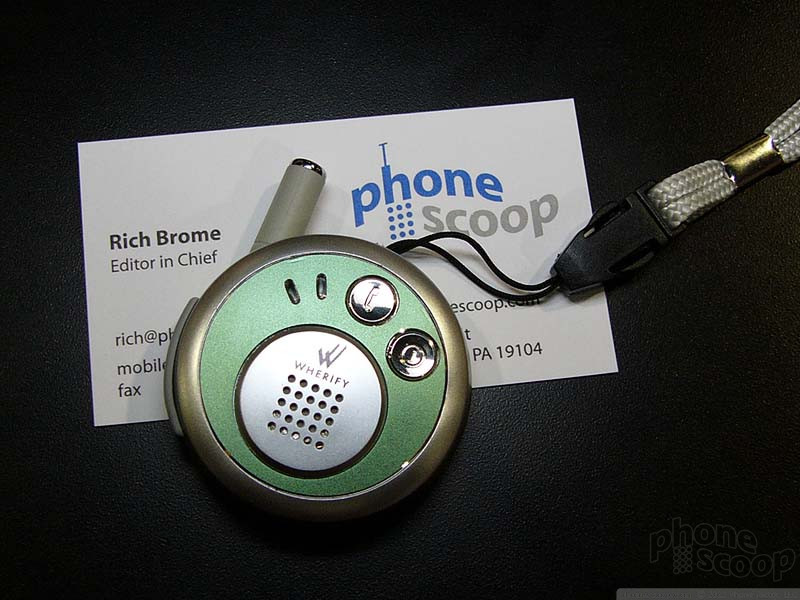





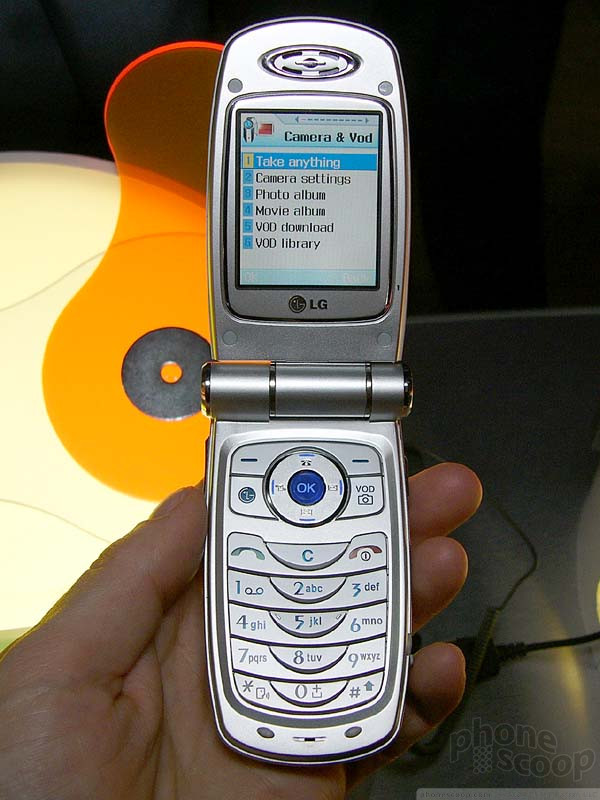








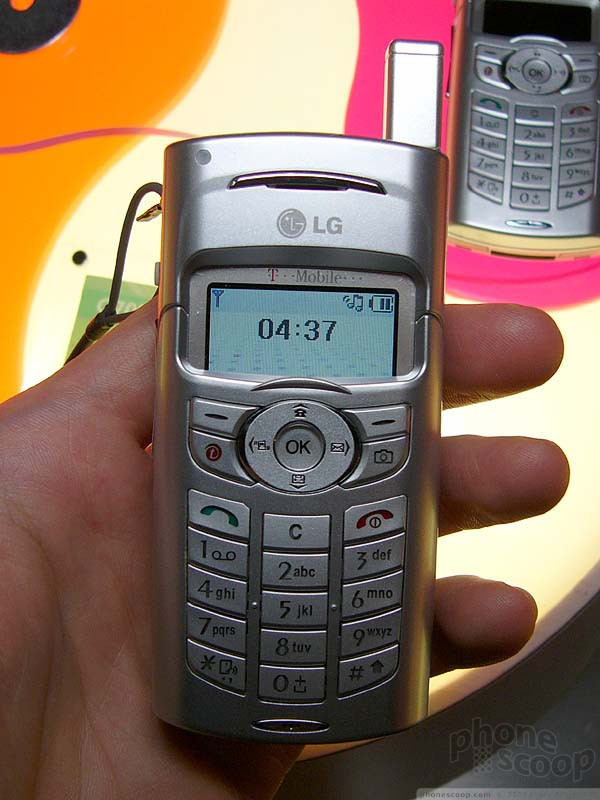







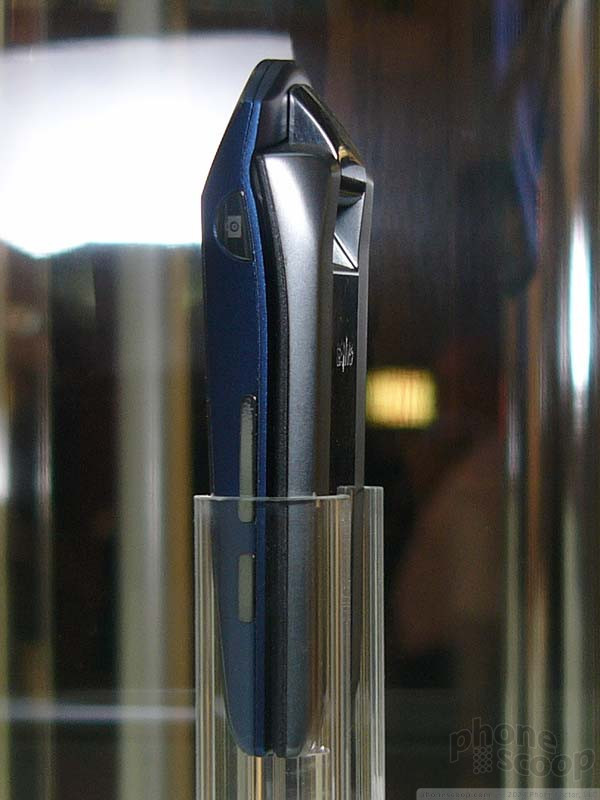






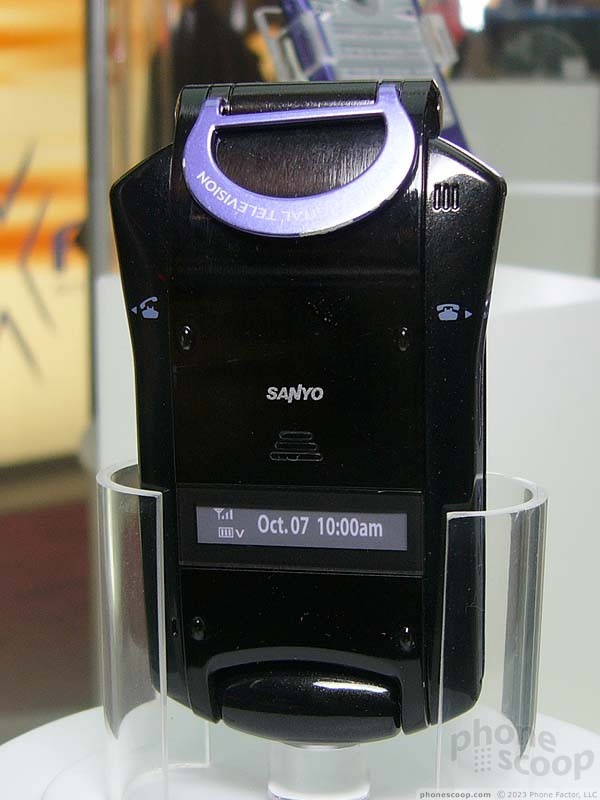





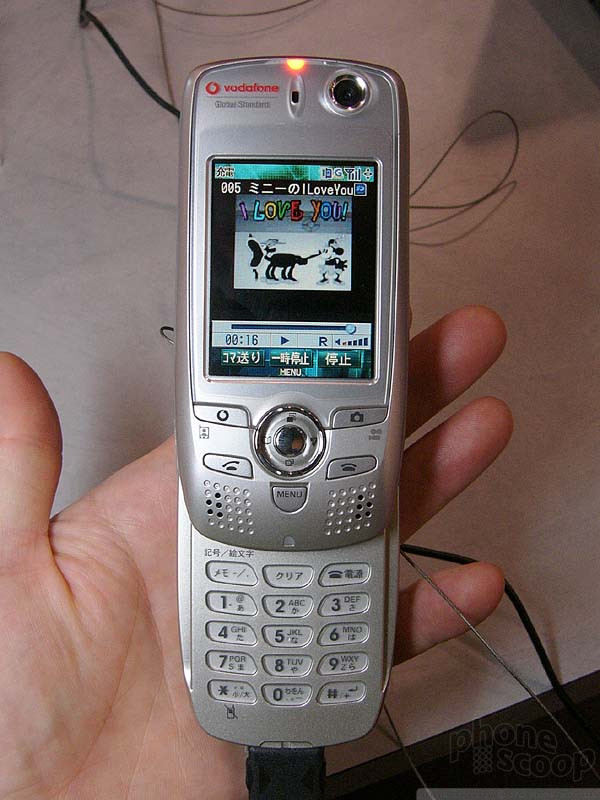






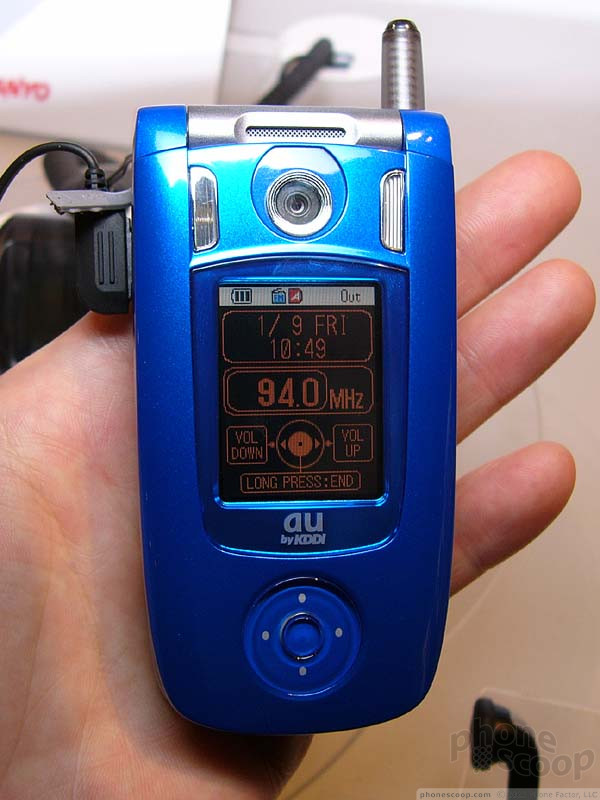




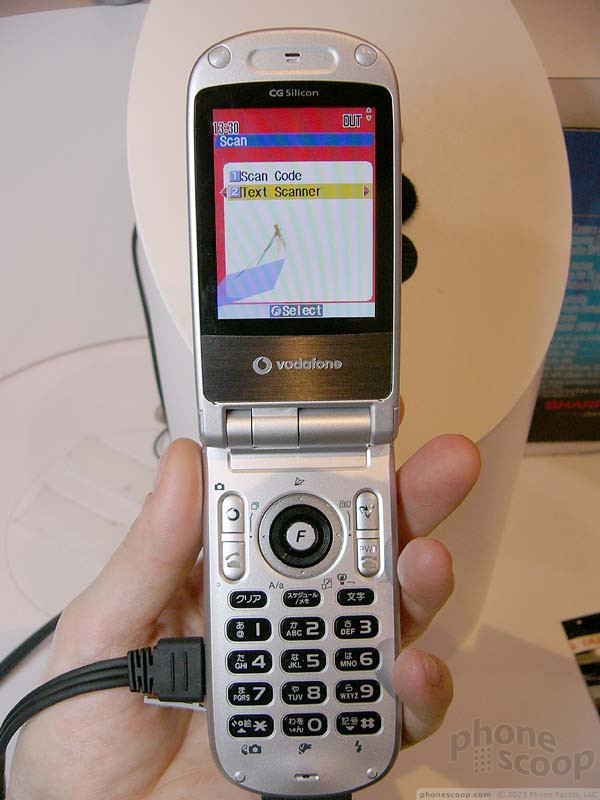








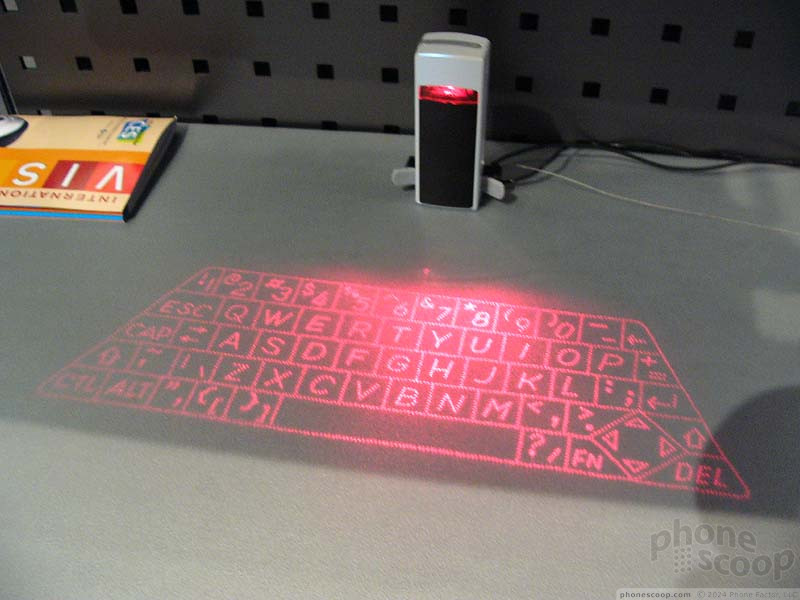



 iPhone 14 Plus Offers a Big Screen For Less
iPhone 14 Plus Offers a Big Screen For Less
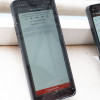 Qualcomm vs. Bullitt: Satellite Connectivity Comparison and Hands On
Qualcomm vs. Bullitt: Satellite Connectivity Comparison and Hands On
 Samsung S24 Series Adds More AI, Updates the Hardware
Samsung S24 Series Adds More AI, Updates the Hardware
 Curitel Identity
Curitel Identity

